About Seaweed
Seaweeds, also known as macroalgae, are a diverse group of multicellular algae that inhabit a variety of aquatic environments, including salt, brackish and fresh water. Seaweed is a primitive form of life that has existed for billions of years, and some scientists estimate that it is responsible for producing a significant portion of the Earth's oxygen supply.
Types of seaweed
There are thousands of species of seaweed, each with its own unique characteristics. They are broadly classified into three main groups based on their pigmentation:
- Green algae (Chlorophyta spp.): These algae get their green colour from the presence of chlorophyll a and b, the same pigments found in land plants. They are commonly found in coastal areas and prefer nutrient-rich waters. An example of a green algae is sea lettuce (Ulva sp).
- Brown algae (Phaeophyta spp.): These algae are typically found in cold, saltwater environments, especially in the northern hemisphere. They include some of the largest species of algae, such as giant kelp (Macrocystis pyrifera), which can grow up to 60 meter long. Other examples include oarweed (Laminaria digitata) and sugar kelp (Saccharina latissima), both found in the North Sea.
- Red algae (Rhodophyta spp.): Red algae are the most commonly consumed type of seaweed. They can survive in deeper waters than other types of seaweed because they can absorb sunlight at lower depths. Nori (Porphyra umbilicalis), the seaweed used in sushi, is a type of red algae.
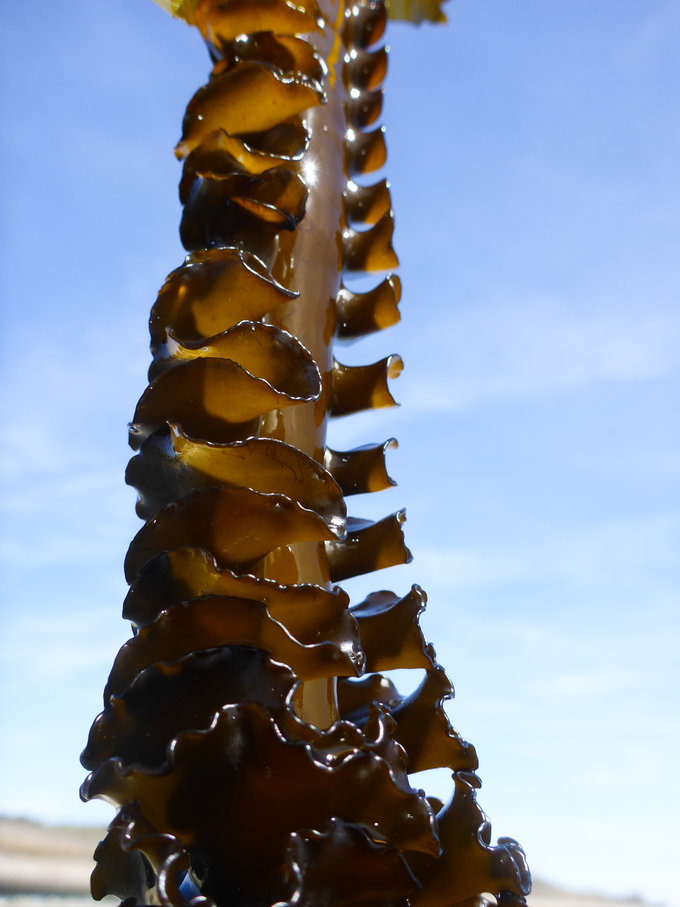
Structure
The structure of seaweed is similar to that of land plants, with a "root", a stalk and leaves. However, there are some key differences:
Holdfast:
Unlike the roots of land plants, the holdfast of seaweed does not absorb water or nutrients. Its main function is to anchor the seaweed to rocks, shells or other seaweed.
Stalk:
Similar to the stem of a land plant, the stalk of a seaweed provides support for the leaves.
Leaves:
Seaweed leaves are responsible for photosynthesis.
Because of their simpler structure, seaweeds can grow faster and produce more biomass than land plants.
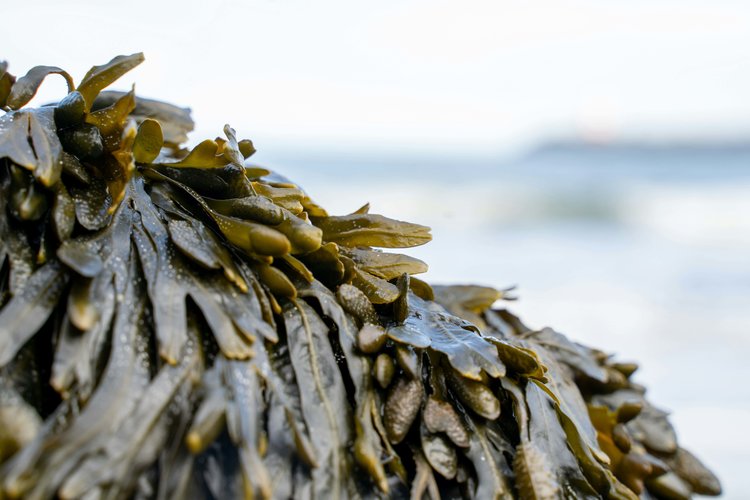
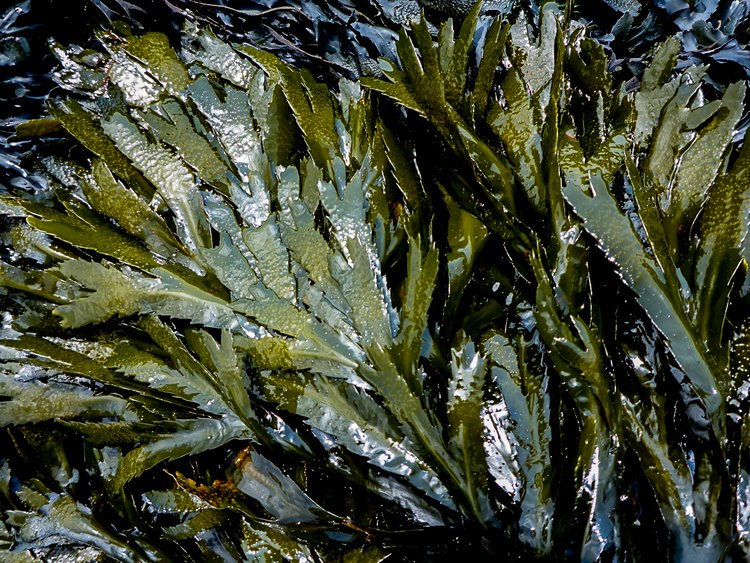
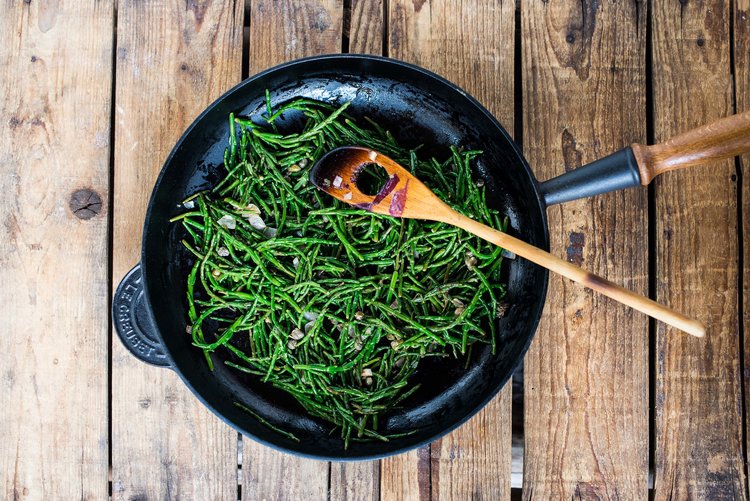
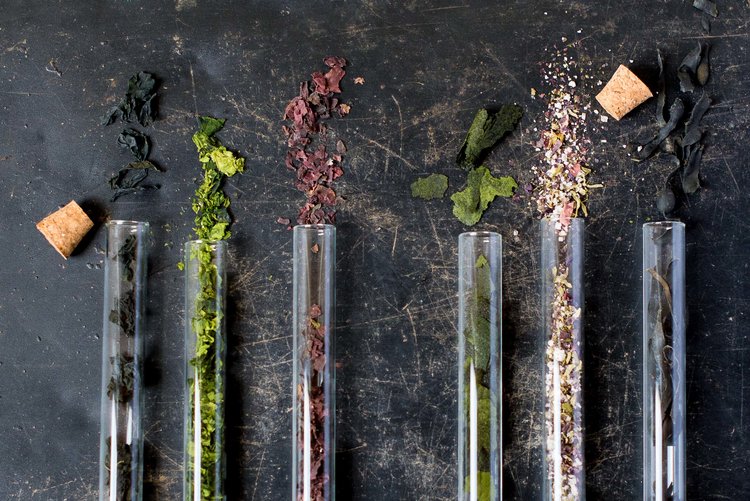
iMPORTANCE
Seaweeds play an important role in marine ecosystems and have a wide range of uses:
Food source:
Seaweed is a valuable food source for marine animals and has been consumed by humans for centuries.
Habitat:
Some species of seaweed, such as kelp, form dense underwater forests that provide shelter and breeding grounds for a variety of marine life.
Water purification:
Seaweed can absorb excess nutrients such as nitrogen and phosphorus from water, helping to purify it and maintain a healthy ecosystem.
Commercial applications:
Seaweed is used in a variety of industries, including food, pharmaceuticals, cosmetics and biofuels. For example, carrageenan, a thickening agent derived from Irish moss, is widely used in the food industry.
Seaweed is a fascinating and versatile organism that plays a vital role in the health of our planet and has enormous potential for sustainable food production and other applications. As research continues to uncover the many benefits of seaweed, it is likely to become an increasingly important part of our lives.